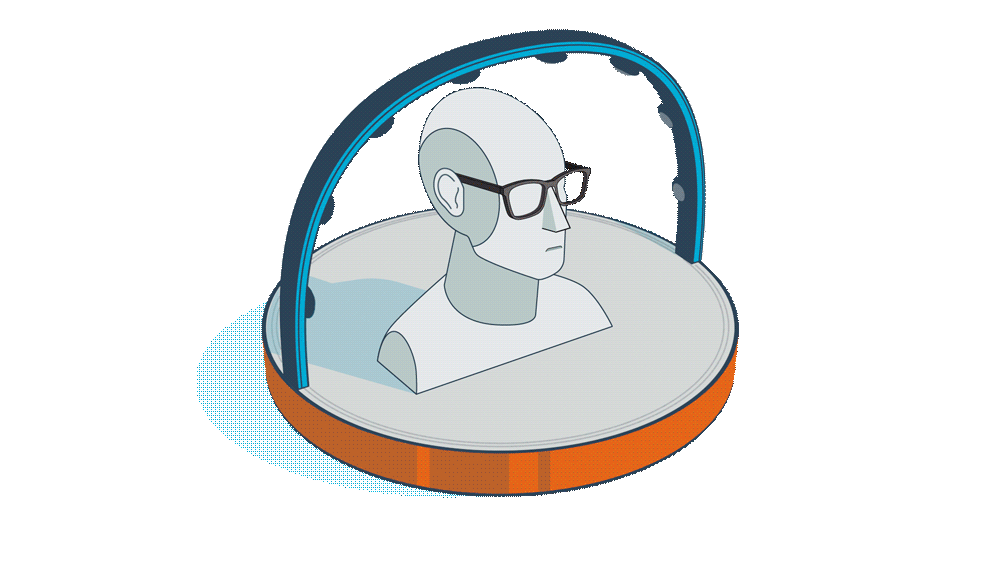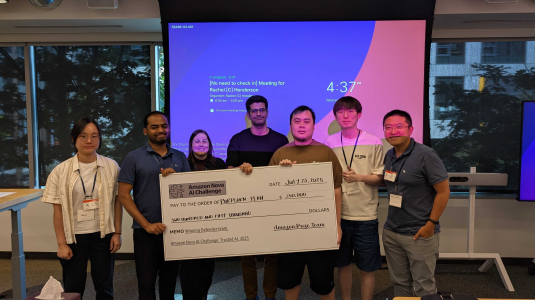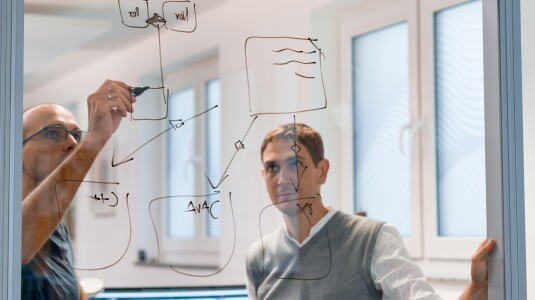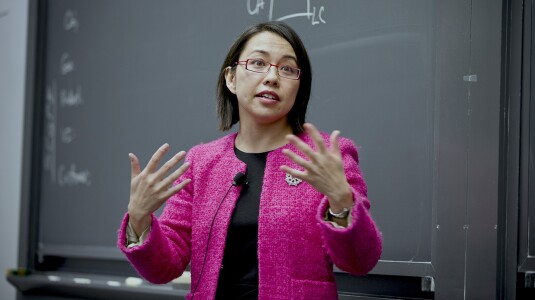Customer-obsessed science


Research areas
-
August 8, 2025A new philosophy for developing LLM architectures reduces energy requirements, speeds up runtime, and preserves pretrained-model performance.
Featured news
-
PQC Standardization Conference 20242024The QC-MDPC code-based KEM BIKE is an alternative candidate for standardization for the NIST Post-Quantum Cryptography Standardization Project. Per NIST’s report [2] “The BIKE cryptosystem was initially designed for ephemeral key use but has now been claimed to also support static key use”. BIKE uses the BGF decoder of [9] where its Decoding Failure Rate (DFR) is estimated by means of an extrapolation method
-
In this work, we propose sequence-level certainty as a common theme over hallucination in Knowledge Grounded Dialogue Generation (KGDG). We explore the correlation between the level of hallucination in model responses and two types of sequence-level certainty: probabilistic certainty and semantic certainty. Empirical results reveal that higher levels of both types of certainty in model responses are correlated
-
2024Document translation poses a challenge for Neural Machine Translation (NMT) systems. Most document-level NMT systems rely on meticulously curated sentence-level parallel data, assuming flawless extraction of text from documents along with their precise reading order. These systems also tend to disregard additional visual cues such as the document layout, deeming it irrelevant. However, real-world documents
-
MLSys 20242024The Mixture-of-Expert (MoE) technique plays a crucial role in expanding the size of DNN model parameters. However, it faces the challenge of extended all-to-all communication latency during the training process. Existing methods attempt to mitigate this issue by overlapping all-to-all with expert computation. Yet, these methods frequently fall short of achieving sufficient overlap, consequently restricting
-
MLSys 20242024Diffusion models have emerged as dominant performers for image generation. To support training large diffusion models, this paper studies pipeline parallel training of diffusion models and proposes DiffusionPipe, a synchronous pipeline training system that advocates innovative pipeline bubble filling technique, catering to structural char-acteristics of diffusion models. State-of-the-art diffusion models
Academia
View allWhether you're a faculty member or student, there are number of ways you can engage with Amazon.
View all






























